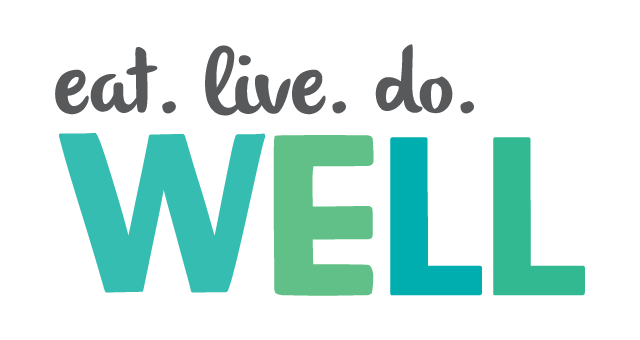November is Gluten-Free Diet Awareness Month, bringing attention to the support needed by those with celiac disease and non-celiac gluten sensitivity.
Gluten-related diet fads have gained popularity over the past several years. Gluten has been the subject of many marketing campaigns, and we now see products with “gluten-free” disclaimers on their labels everywhere. The commonality of this labeling has led some to become wary of whether they should be avoiding gluten, without having any physical symptoms of allergy or sensitivity. So, you might be wondering, what is gluten? Do I need to avoid it? Who needs to follow a gluten-free diet?
Gluten is a structural protein naturally found in wheat, barley, rye, and even oats if they are grown side-by-side in the fields with any of these grains. Simply put, gluten acts as a binder and provides elasticity to foods. It is what allows doughs to be flexible; without it, dough rips easily when stretched and breads are not as fluffy. However, although it sounds very harmless, gluten can be very damaging for those who suffer from celiac disease and non-celiac gluten sensitivity.
Celiac disease is a serious autoimmune condition, leading gluten intake – even a small amount – to cause an immune response that attacks and damages the lining of the small intestine, preventing nutrients from being properly absorbed into the body. There is currently no cure, and the only treatment is to follow a gluten-free diet. Otherwise, if left undiagnosed or untreated, it can lead to additional serious health problems such as small bowel cancers, heart disease, infertility, neurological conditions like epilepsy, and other autoimmune-related disorders like multiple sclerosis and type 1 diabetes. Following a gluten-free diet becomes a necessary lifelong lifestyle change for those who need it for health reasons.
People with non-celiac gluten sensitivity (NCGS) experience symptoms similar to celiac disease – including intestinal damage – but they test negative for the allergy. Common symptoms include bloating, diarrhea, and even headaches and fatigue. Therefore, it is recommended that they follow a gluten-free diet as well, since this also helps to resolve their symptoms.
Following a gluten-free diet means avoiding all foods that contain wheat, barley, rye, and sometimes oats (if not labeled “gluten-free”). It might sound easy, but choosing products without gluten can end up being very challenging. While we now often see the “gluten-free” label on many products, it is still not a mandatory claim by the FDA. There is a vast array of products in the market that can contain many of the by-products and derivates from these grains, so the safest way to identify the presence of gluten is to thoroughly read ingredients lists.
If you think you might have a gluten intolerance, it is important to talk to your dietitian and medical provider and to complete the appropriate testing before trying any dietary modifications. If you want to learn more about this topic, here is a list of websites that have reliable and science-based resources and information:
National Institutes of Health: https://www.niddk.nih.gov/health-information/digestive-diseases/celiac-disease/eating-diet-nutrition
Celiac Disease Foundation: https://celiac.org/
Harvard Health: https://www.health.harvard.edu/diseases-and-conditions/celiac-disease.



Leave a Reply
You must be logged in to post a comment.